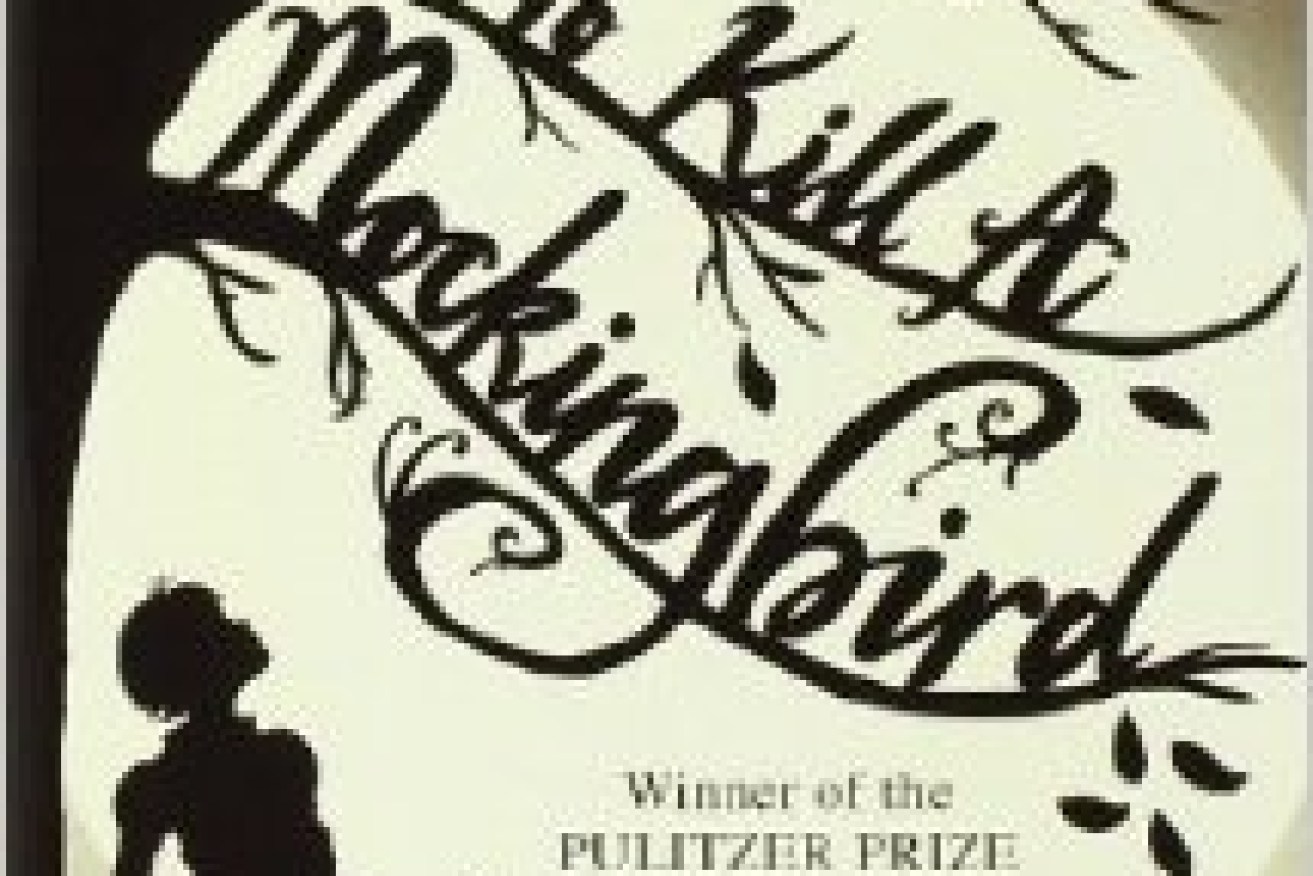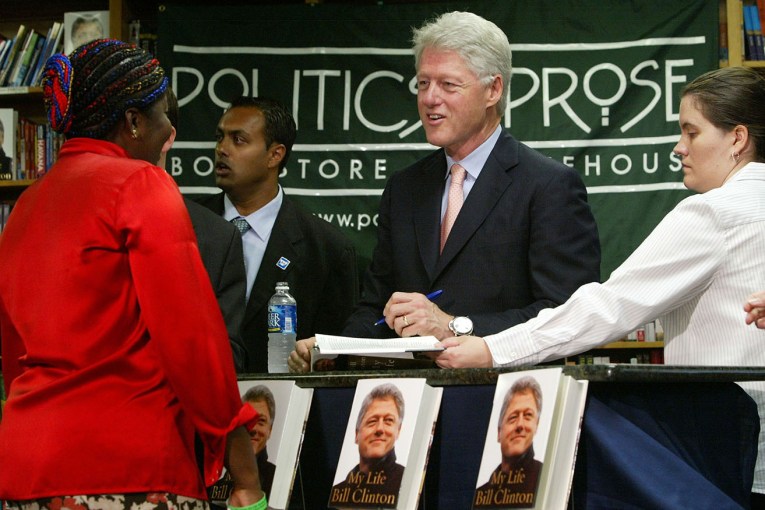Why you shouldn’t bother reading Go Set a Watchman


The American novelist Kurt Vonnegut’s first piece of advice to young writers is delightfully practical.
“Do not use semicolons,” he says. “They are transvestite hermaphrodites representing absolutely nothing. All they do is show you’ve been to college.”
Whenever I find myself tempted to use a semicolon, I think of this; and most of the time I resist the temptation.
• Buy Go Set a Watchmen here
• Atticus Fink: a racist on new novel
• Netflix hacks: get the most out of your streaming
If only Harper Lee had done the same. In the first chapter of her much-anticipated ‘new’ novel Go Set a Watchman, she uses 12 of these ‘transvestite hermaphrodites’, not to mention 18 colons. She also uses the Meatloafian cliche, ‘like a bat out of hell’, twice. In one chapter.
Twice.
In one chapter.

Harper Lee.
What I’m trying to say is there was a very good reason why Watchman wasn’t published 60-odd years ago, when it was written: it’s no damn good.
So why on earth is it being published now?
I find the mad hype over the release of Go Set a Watchman weird and slightly distasteful. To me it all smacks of a cynical money-making exercise. And it’s working. Already it is beating records as the fastest-selling adult fiction title in Australian history.
People who believe the hype and are expecting something as good as To Kill a Mockingbird will almost certainly be disappointed.
Finished in 1957, three years before the release of Mockingbird, it’s actually the early, flawed effort of a talented writer learning how to write. And that’s how it should be treated. Of interest as an artefact, as an insight into how a writer learns to write, even as a sentimental revisiting of Harper Lee’s mind – but not her ‘second novel’.
Before I go on, I should say I’ve only read the first chapter. Perhaps it gets a lot better as it goes along. But judging by the first chapter alone, the signs are not good.
The first chapter of Watchman
The language of the first chapter is awkward and immature. “There was a john one could prop one’s feet on,” she tells us. She refers to the “the stony path of spinsterhood” and self-consciously uses the word “perspicacious”.
And she gives us pointless information. We learn, in the second paragraph, that this is her “fifth annual trip home”. Boring! Later there is a long, unreadable passage about the history of the area. Granted, she does something similar in Mockingbird, but there it feels relevant. Here it’s forced.
Watchman is also scattered with Jane Austen-style turns of phrase that stick out like hairy goitres: “She resolved not to be intimidated…”, “not lightly to be discountenanced”, “he affected an Inverness cape”, “an opportunity for free egress”, “it was natural for him to engage Henry”, “she sternly repressed a tendency to boisterousness”. I could go on.
There’s also too much information about coffee and the clichéd atmosphere of sterile optimism that comes with it. (Any gratuitous mention of coffee always reminds me of The Girl with the Dragon Tattoo trilogy, which had at least one mention of coffee per page, plus a cheese sandwich on every second one).
The best parts of the first chapter are the descriptions. That’s where she displays her blossoming talent: “tin-roofed houses set in the middle of swept yards”, “a gaily painted bell-funneled museum piece sidetracked in a clearing”.
The characters are also interesting, above all Atticus. But perhaps that’s because we already know him.
And despite all the clichés and awkwardness, the writing is energetic. She wants to say something, but she doesn’t quite know what, or how.
The first chapter of Mockingbird
 The first chapter of To Kill a Mockingbird is something else entirely. Before the first page has ended, we have been introduced to Jem, Dill, Boo Radley, the Ewells, Atticus and, of course, Scout herself. And, thanks to the economy of it, we know something fundamental about each of them. Jem is tough, unselfconscious and sporty. Dill is full of ideas. Boo Radley is mysterious. And Atticus is wise. It’s all told with a childlike, lilting, rhythmic ease that will remain until the last sentence.
The first chapter of To Kill a Mockingbird is something else entirely. Before the first page has ended, we have been introduced to Jem, Dill, Boo Radley, the Ewells, Atticus and, of course, Scout herself. And, thanks to the economy of it, we know something fundamental about each of them. Jem is tough, unselfconscious and sporty. Dill is full of ideas. Boo Radley is mysterious. And Atticus is wise. It’s all told with a childlike, lilting, rhythmic ease that will remain until the last sentence.
Seeing the vast difference between the two opening chapters is fascinating if you’re interested in how a novel is made. This is the same writer, but in the space of a couple of years she has got immeasurably better at what she does. In that regard Go Set a Watchman is worth reading.
But is it worth any more than that? I doubt it.
It makes sense to me that Harper Lee stopped writing after To Kill a Mockingbird. What is there to say after something as perfect as that? Go Set a Watchman is a step on the path to her great work. It’s not her second novel; it’s an early draft of her first and only one.
Now, go out and buy something by Kurt Vonnegut.








